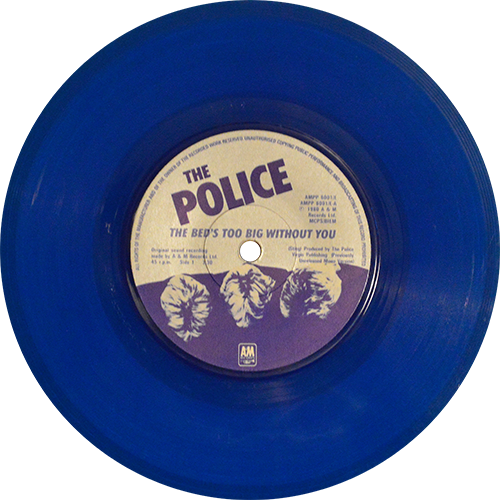

Some courts have suppressed identification evidence based on the use of showups due to the inherent suggestiveness of the practice. In some cases, usually soon after the alleged commission of a crime, a witness or victim will be presented with one potential defendant.
#Six pack photo police trial#
In the United States these statements generally cannot be used at the later trial unless the defendant opens the door to inclusion on direct or cross-examination. A defendant may have to testify at such a hearing to establish the facts surrounding the original identification. In order to challenge an identification procedure in a common law system, the lawyer should request a hearing to suppress the identification as unnecessarily suggestive (known as a "Wade Hearing"). Procedures for Challenging Identification Procedures


1 Procedures for Challenging Identification Procedures.Unfairness will be found only when, in the light of all the circumstances, the identification procedure was so suggestive as to give rise to a real and substantial likelihood of irreparable misidentification. In determining what is "fair" or "unfair" in identification procedures (the due process question), the courts consider all the circumstances leading up to the identification. For instance, if the defense attorney is compelled to become a witness in the trial he may then be forced to withdraw as counsel to the case because of this conflict of interest.Īs a general rule identification procedures should not be "unnececessarily suggestive". Presence of a criminal defense attorney at an identification procedure poses certain ethical problems. As a practical matter this is not always possible. This is the only way to guarantee that the identification is fair and is not coercive. The criminal defense attorney should endeavor, whenever possible, to be physically present during any identification of his or her client. Courts may use coercive methods such as imprisonment or contempt of court to force participation in identification procedures. Ī factfinder may draw adverse inferences from a defendant's refusal to participate in an identification procedure or a defendants altered appearance after the crime. Supreme Court held that forcing a defendant to undergo surgery which requires general anesthetic in order to obtain evidence violates the Fourth Amendment prohibition against unreasonable search and seizure when the evidence is not absolutely necessary to convict the defendant. However, if an identification is unusually invasive it may be inadmissible for other reasons. The United States Constitution's Fifth Amendment privilege against self-incrimination does not extend to identification procedures that include blood or handwriting, fingerprints, x-rays, etc. Misidentification is often difficult to detect, as eyewitnesses sincerely believe in their own testimony.Įyewitness procedures should be carefully scrutinized in order to maximize the reliability of identifications, minimize unjust accusations of innocent defendants and establish evidence that is reliable and conforms to established legal procedures. The problem of eyewitness misidentification is often exacerbated by out-of-court identification procedures. However, studies have shown that eyewitness evidence is often mistaken and that eyewitnesses are prone to suggestive identification procedures. Eyewitness testimony is powerful because we assume it to be the most reliable. Eyewitness identification evidence is extremely persuasive evidence for a criminal prosecution.


 0 kommentar(er)
0 kommentar(er)
